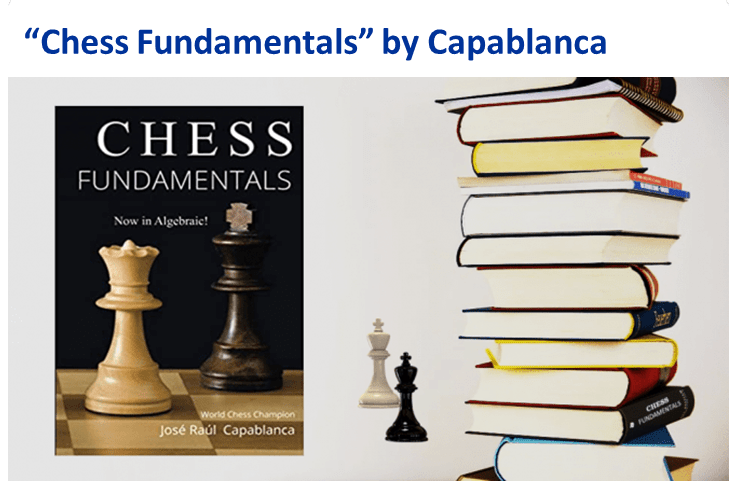
The Fastest Checkmates in Chess
I was just taking my first steps in chess when I was hit by the scholar’s mate (after that I hate see the schools... and my job is as a teacher LOL) and I have to accept: as has happened to many beginner players, from there I devoted myself with fervor to trying to apply that mate to my first victim as soon as possible.
Over time I saw that victories along this path are not enjoyed as much as those in which a strong fight was required to defeat the enemy King and also causes a stagnation in chess development if we only move pieces looking for a quick victory in the opening, instead of following a medium and long-term plan.
In addition, in the search for this mate as in many other traps in the opening, there are more times that because of not respecting the basic principles of this face of the game, we enter a lower endgame against an opponent who, even without knowing the trap, may refute it many times only with solid play.
Even so, it does not hurt for the player who is just starting to know these quick checkmates more than anything to avoid falling into them. Having said that I leave you with this small selection of fast checkmates starting with the before mentioned scholar’s mate.
THE SCHOLAR’S MATE
As I was saying, the recommendation is not to play it, just know it. The interesting thing about this combination is that although we will not see it in openings as we go up in level, it has its didactic part of great value, I am referring to the weakness of the f7 square, which in many occasions can be exploited if you don't defend yourself properly. (f7 [f2] is recognized as the weakest point in the pawn structure in the opening because the King is the only piece defending it)
The Scholar’s Mate can be reached in a few different ways, but the basic pattern is the next: [1.e4 e5 2.Bc4 d6 3.Qf3] with the threat of imminent checkmate. If Black does not defend, White checkmates prematurely with [3…Nc6 4.Qxf7#]
For of the educational value of this combination, this pattern is often used to teach beginners basic elements such as f7 weakness and tactical value, that is why this checkmate is known as the Scholar’s Mate, it is also often called “The four move checkmate”.
But remember, don't get obsessed with the Scholar's partner. It can happen that once Black has defended himself from immediate threats, he can buy time by stalking the white queen and end up in a superior position.
Sometimes, though, even professional players try to use it, especially in fast time-controls. Below, you can see an IM going for a Scholar's Mate against World Champion Magnus Carlsen during a Titled Tuesday tournament on Chess.com.
Video: IM Attempts Scholar's Mate Against World Chess Champion Magnus Carlsen
THE FOOL’S MATE
Fool's mate is more a suicide of the opposite King or culpable homicide by high treason of the rival's own pawns. I refer to this since it can only happen with total and involuntary cooperation of the opposite player, turning it with this sequence of disastrous moves into the fastest mate in chess (We can also find it named "Fool's Mate", but this is practically impossible to present, even at beginner level, since it would depend on a premature exit of the King: 1.e4 e5 2.Qh5 Ke7 3.Qxe5#).
The Fool's Mate appears after the following sequence of plays [1.f3 e5 2.g4 Qh4#] where the black allows the direct entry against his own King.
There are multiple variations of this mate depending on the number of squares the pawns of e and f advance, or the order in which the black moves his pawns, in either case the fatal outcome is the same.
The importance of this checkmate is in knowing that the pattern seen in it can be found in positions after the first three moves of the opening, so you must be alert to avoid surprises or take advantage of the error of the opponent. In fact, recently Magnus Carlsen in one of his games advanced "the pawns of the fool" in the opening, obviously not leaving the mate, since he had covered possible entries of the Queen.
An example of this can be seen in the game between Frank Melville Teed and Eugene Delmar played in 1896, where the Dutch Defense is played and black allows to exploit the diagonal that is cleared when advancing the f and g pawns.
LÉGAL’S MATE
In the world of chess quick mates this is probably the most famous and certainly the most beautiful for the sacrifice of material in the first moves of the game, seeking in return nothing less than winning the game inevitably if the sacrifice is accepted.
This mate is named in honor of its author Kermur Sire de Légal (1702-1792) who first executed this work of art in the game: Legal - Saint Brie, played in Paris (1750). And it is produced after the following seven moves: [1.e4 e5 2.Bc4 d6 3.Nf3 Bg4 4.Nc3 g6 5.Nxe5 Bxd1 6.Bxf7+ Ke7 7.Nd5#]. The gourds with knight are already beautiful, even more taking into account the Queen's sacrifice.
As in the previous cases it is important to know this pattern, since it can be given in another order of moves, even with the most advanced game and it is necessary to be attentive not to allow the thematic sacrifice or, if the position appears, not to take it although in some cases it means to accept the loss of the pawn.

This concludes this issue which I hope will be to your liking and help you to study or share this information with those who are just starting in the practice of chess. I look forward to your comments and recommendations and I am very grateful for the time you have given me.
More of my blog:
.










